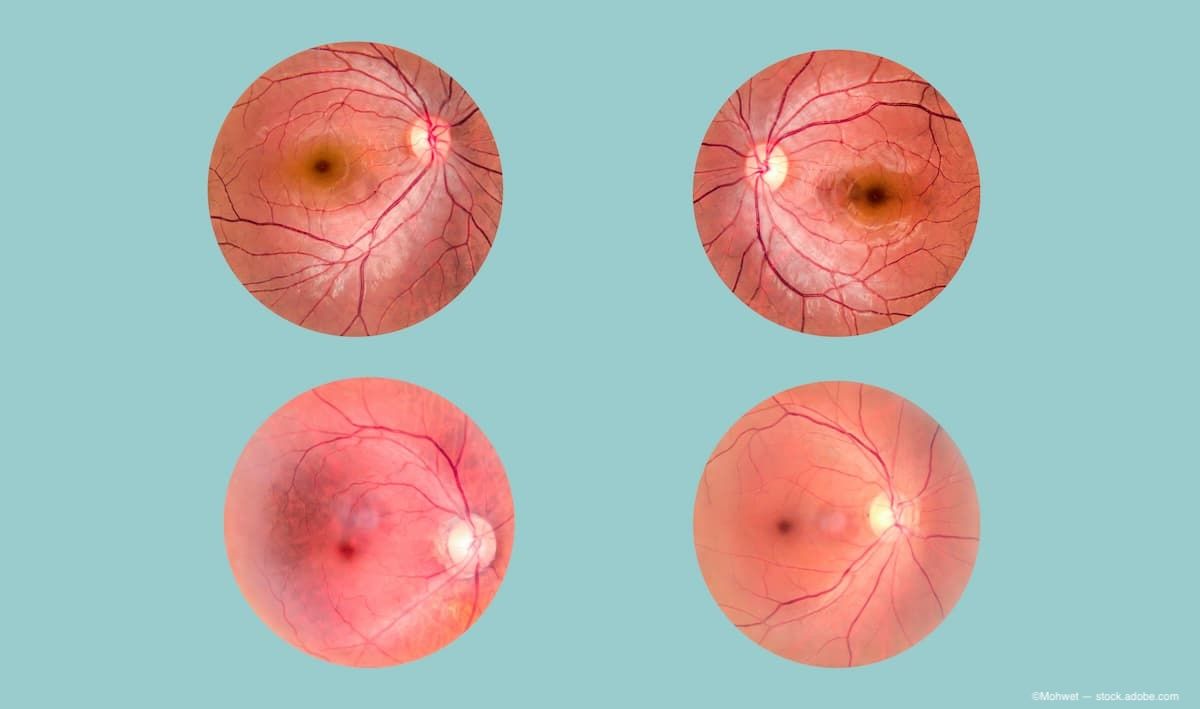Article
Newer 25-gauge instruments for vitrectomy promising
Advances in instrumentation also produced superior light probeswith improved illumination angles and the amount of illumination.

"An advantage of the new 25-gauge tungsten instrumentation is that the instruments are much stiffer compared with the previous generation, and the disadvantage is that small particles are released when the instruments break," said Dr. Capone, clinical associate professor of Biomedical Sciences, Oakland University, Auburn Hills, MI.
The incidence of breakage is lower with the new instruments, and the stainless steel alloys used in the manufacture of the instruments yield considerably more before an instrument breaks, which gives the surgeon more warning before the actual break occurs.
The problem of release of the small particles might be addressed by shrinkwrapping the instruments, albeit with varying degrees of success.
The deflection characteristics of the instruments are measured with an Instrom force measurement device (Instrom International), he said at the American Society of Retina Specialists meeting in Montréal.
Dr. Capone also highlighted some of the product offerings-including Alcon Laboratories and Bausch & Lomb-that are among the newer 25-gauge instrumentation.
Advances in instrumentation also produced superior light probes with improved illumination angles and the amount of illumination.
"Because of the advances in the design of these instruments, there is a wider range of cases that can be selected for surgery and addressed with ease with the 25-gauge instruments," Dr. Capone continued. "Some of these cases may require 23-gauge instrumentation, using the best of both sizes of instruments."
Newsletter
Don’t miss out—get Ophthalmology Times updates on the latest clinical advancements and expert interviews, straight to your inbox.




